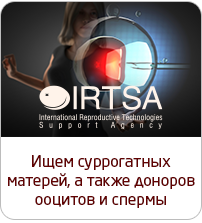Innovative Method Helps "Miracle" Baby Bring Meaning to Life of Desperate Family
Andrew and Louise Riley, from Lancashire, welcomed baby Elliott into the world just after Christmas after opting for a relatively new technique, array comparative genomic hybridisation (CGH).
Embryos produced by the couple during fertility treatment were analysed to check for chromosomal abnormalities.
The embryos were grown for five or six days to blastocyst stage and then analysed in the laboratory to check all 46 chromosomes. Only those fully healthy embryos were considered suitable for IVF transfer.
Chromosomal abnormalities are a major cause of miscarriage and the chance of abnormality increases significantly with a woman's age.
In the latest technique, array CGH was used to test the embryos but then the cells were also cross-matched against DNA samples taken from the mouth cells of Mr and Mrs Riley.
Mark Sedler, consultant fertility specialist at the Care Fertility clinic in Manchester, said this is the first time such "parental support" has been used with array CGH, offering greater accuracy.
Stuart Lavery, consultant gynaecologist at Imperial College London, said: "This research is exciting and what these live births are doing is adding to the debate and the evidence base for this technique.
"But before this is widely transported, it needs to be confirmed in larger trials."
The European Society of Human Reproduction and Embryology (Eshre) is currently considering launching a pan-European trial into array CGH.
The Press Association
- The central office of IRTSA Ukraine completely restores work
- How we work during the COVID-19 pandemic
- 1st International Congress on Reproductive Law
- Soon Americans may face a new ethical dilemma
- ‘Friends’ star Jennifer Aniston is pregnant with twins
- Image processing technology can impact the success rates of ivf
- Editing genes of human embryos can became the next big thing in genetics
- Supermodel Tyra Banks undergoes IVF
- Scientists discovered a new, safer way for egg freezing
- French scientists have managed to grow human sperm cells in vitro









